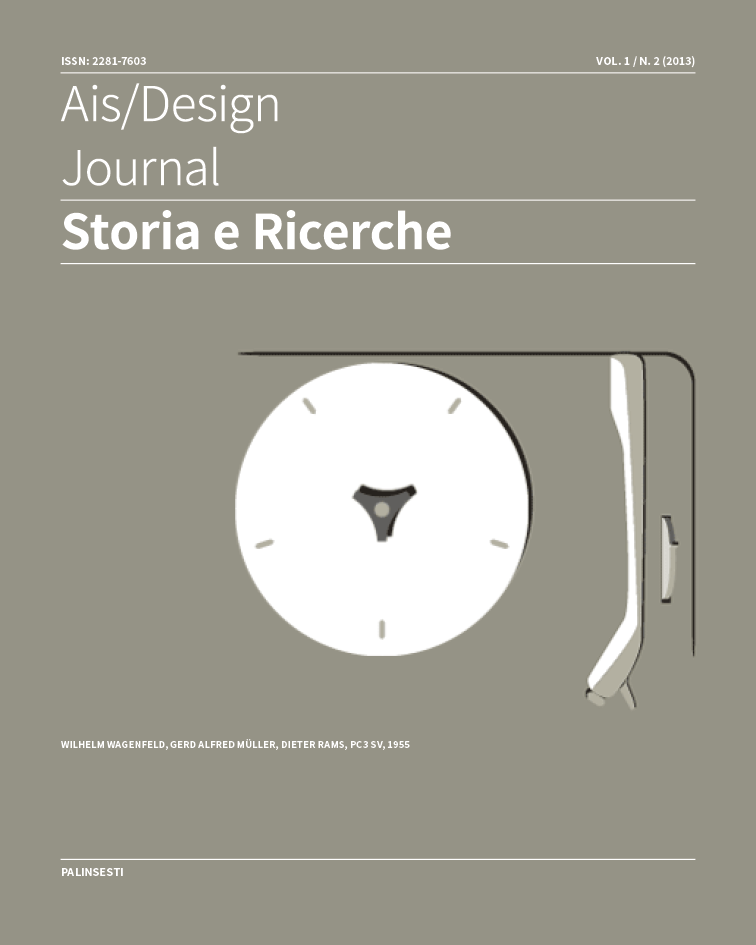On Walter Gropius’s Theory of Perception
Abstract
This article examines Walter Gropius’s theory of perception with reference to his publication Is There a Science of Design? written in 1947. The first part of this publication looks at some of the influences deriving from Ganzheitspsychologie and the New Look on Perception. In particular, it discusses a perceptual demonstration by Earl C. Kelley, cited by Gropius. In his paper, Gropius also touches on some principles of phenomenology, with which he lays the theoretical basis of perceptual intersubjectivity. The article also brings to light some of his insights on the scientific study of expressive qualities and the relationship between subject and environment and reveals the influences of Gestalt theory and the spiritualistic psychology upon Gropius’ theory of perception.
Copyright (c) 2013 Michele Sinico

This work is licensed under a Creative Commons Attribution-NonCommercial-NoDerivatives 4.0 International License.
Creative Commons NonCommercial-NoDerivates 4.0 international License (CC BY-NC-ND 4.0).


